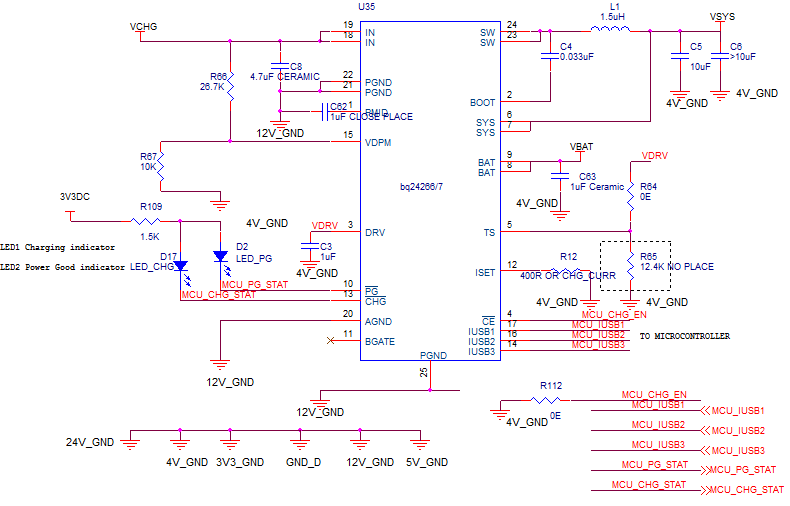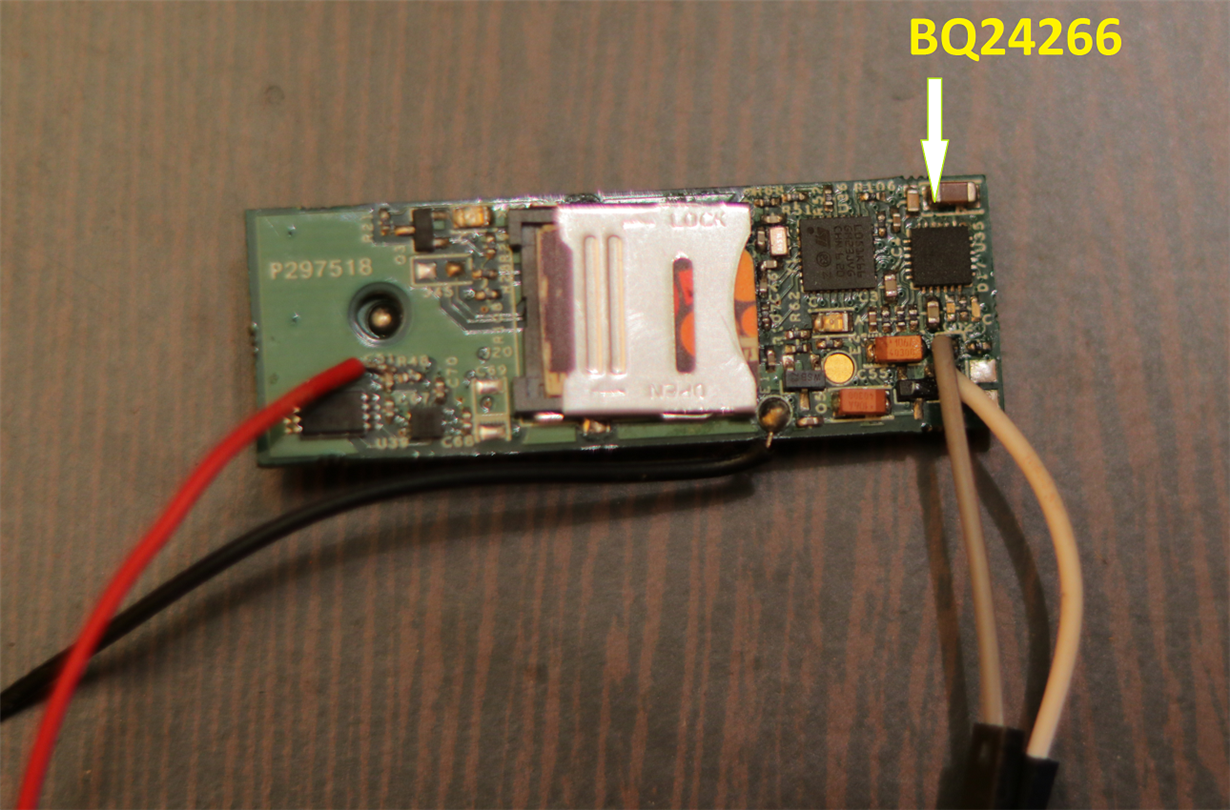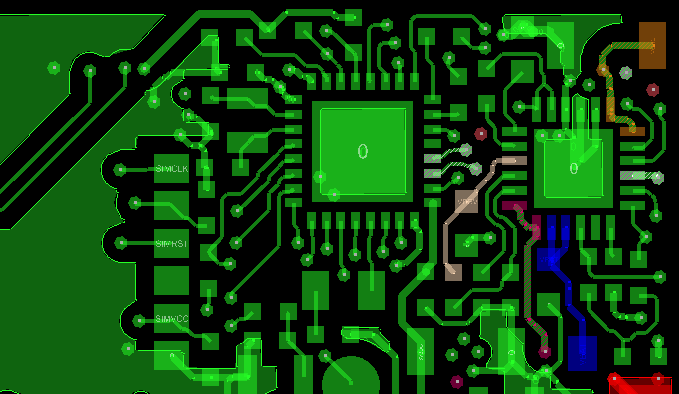Hi,
I am using BQ24266 after recommendation from Michael from TI asia team for my requirement for personal/vehicle tracker VALTRACK-V2 gps tracker application to support vehicle input voltage of 12V and supply load and charge internal battery at a time. The design is ready and PCB is assembled and charger is working but the output voltage on SW pin goes from 4.2 to 4.28 volts when charger is connected . 4.3V is the maximum voltage the SIM800 GSM module can take. And it starts giving over voltage warning and gets warm. Even the BQ24266 is getting hot when charging.
Is there any way i can limit the voltage to 4.0V at output ?
How can i calculate the charge current. I am not able to understand the Kieset value mentioned in datasheet. ?
Can BQ24266 run fine in long term inside vehicle supplying power to load and keeping battery charged for emergency purposes. ?
Is this heat normal when running at 12V input, Do i need a heat sink?
The Inductor parts recommended in EVM datasheet were out of stock so i chose this inductor, Please check if its suitable.
I have tried chaning the IUSB lines to all possible combinations but the BQ24266 keeps getting hot.
The PCB is a 6 layer board and its cramped up.
ASPI-7318-1R5M-T
Attaching the schematic and the PCB images of front and bottom for reference





